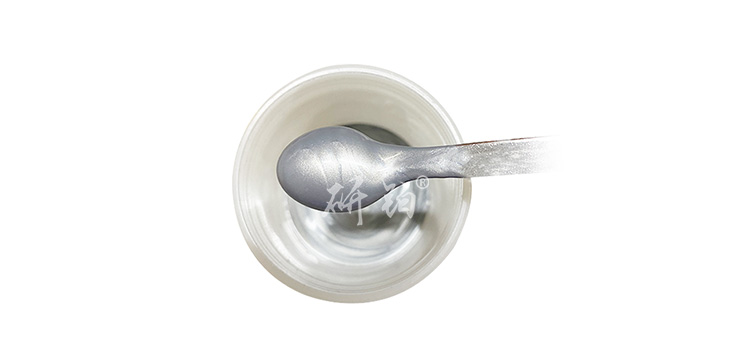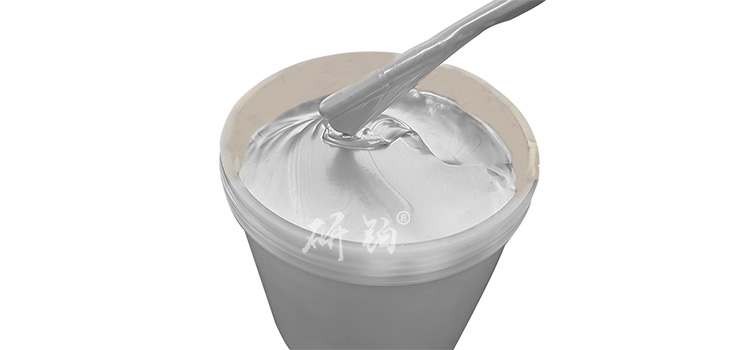

Hotline:0755-22277778
Tel:0755-22277778
Mobile:13826586185(Mr.Duan)
Fax:0755-22277776
E-mail:duanlian@xianjinyuan.cn
HJT efficiency improvement is difficult to matchPhotovoltaic auxiliary material silver pasteHigh cost. Silver paste is a key raw material for HJT photovoltaic cells, which is a viscous paste composed of high-purity (99%) silver powder, glass oxide, organic materials, and other mechanical mixtures. It is applied in the final main process of HJT cell production - metallization. By printing and curing metal electrodes on both sides of the cell, the electrodes are tightly combined with the cell, forming efficient ohmic contacts to conduct electricity and directly affecting the photoelectric conversion efficiency of the photovoltaic cell. According to CPIA data, as of the end of 2021, silver electrodes are still the main metal electrodes for battery cells, accounting for 99.9% of the market share.
HJT batteries consume a large amount of silver paste, and the breakthrough point for cost reduction lies in the silver paste. According to data from Juhe Corporation, the current heterojunctionBattery silver pasteThe cost accounts for a relatively high proportion of non silicon costs, up to 46%, which is 10pct higher than TOPCon batteries. According to CPIA data, the total consumption of positive and negative silver in P-type batteries in 2021 was approximately 96.4mg/piece; The total consumption of positive and negative silver in TOPCon batteries is about 145mg/piece, while the consumption of double-sided low-temperature silver paste in HJT batteries is about 190mg/piece. Calculated based on a single piece power of 6W and a low-temperature silver paste price of 8000 yuan/kg, the cost of single watt silver paste is 0.25 yuan, of which the cost of silver powder accounts for more than 90% of the cost of high-temperature silver paste,Low temperature silver pasteThe cost of silver powder accounts for over 95%.
There are four major cost reduction paths and two directions for high silver paste costs. One is to reduce the amount of high priced low-temperature silver paste, such as multi main grid (MBB) and laser transfer printing; The second is to reduce the amount of silver powder and replace some of it with base metals, such as silver coated copper and electroplated copper.

2.1 Copper electroplating process flow, with graphics and metallization as the core
Non contact electrode metallization technology——copper platingCopper electroplating is a non-contact electrode metallization technique that deposits metallic copper on the surface of a substrate metal through electrolysis to create copper grid lines and collect charge carriers generated by photovoltaic effects. To solve the problem of contact and adhesion between electroplated copper and transparent conductive film (TCO), a very thin copper seed layer (100nm) needs to be deposited using PVD equipment to connect the preceding TCO and the succeeding electroplated copper. After the seed layer is prepared, it needs to be rapidly sintered to further enhance adhesion. Meanwhile, the copper seed layer serves as a potential barrier layer for subsequent electroplating of copper, which can prevent copper from diffusing into the interior of silicon.
2.1.1 Process: Graphics and Copper Electroplating Replace Silver Paste Screen Printing
The main difference between copper electroplating and traditional screen printing lies in the preparation process of TCO film, while the first two processes of velvet production and PVD sputtering remain unchanged. Traditional heterojunction production lines adoptSilver paste printingAnd sintering, while copper electroplating replaces silver paste screen printing with the two major processes of patterning and metallization for preparing copper grid lines.
Graphic technology: PVD (Physical Vapor Deposition) equipment is used to sputter a 100nm copper seed layer on the surface of a silicon wafer TCO. A wet film method using a paraffin or ink printing machine (mask integrated machine) is used to make a mask/spray photosensitive adhesive. After printing and drying, the pattern on the photosensitive adhesive or photoresist is developed after exposure treatment by an exposure machine.
Metalization process: Copper deposition of specific patterns (electroplating copper), followed by treatment with different anti-oxidation methods (electroplating zinc or using anti-oxidation agents to make protective layers), removing the previous mask/photoresist, etching to remove excess copper seed layer, avoiding the introduction of defects in the seed layer corrosion process of electroplated copper, exposing the original TCO, and then surface treatment, thus forming a complete copper electroplating process. The main equipment used in the entire process is electroplating equipment.



Advanced Institute (Shenzhen) Technology Co., Ltd, © two thousand and twenty-onewww.avanzado.cn. All rights reservedGuangdong ICP No. 2021051947-1 © two thousand and twenty-onewww.xianjinyuan.cn. All rights reservedGuangdong ICP No. 2021051947-2